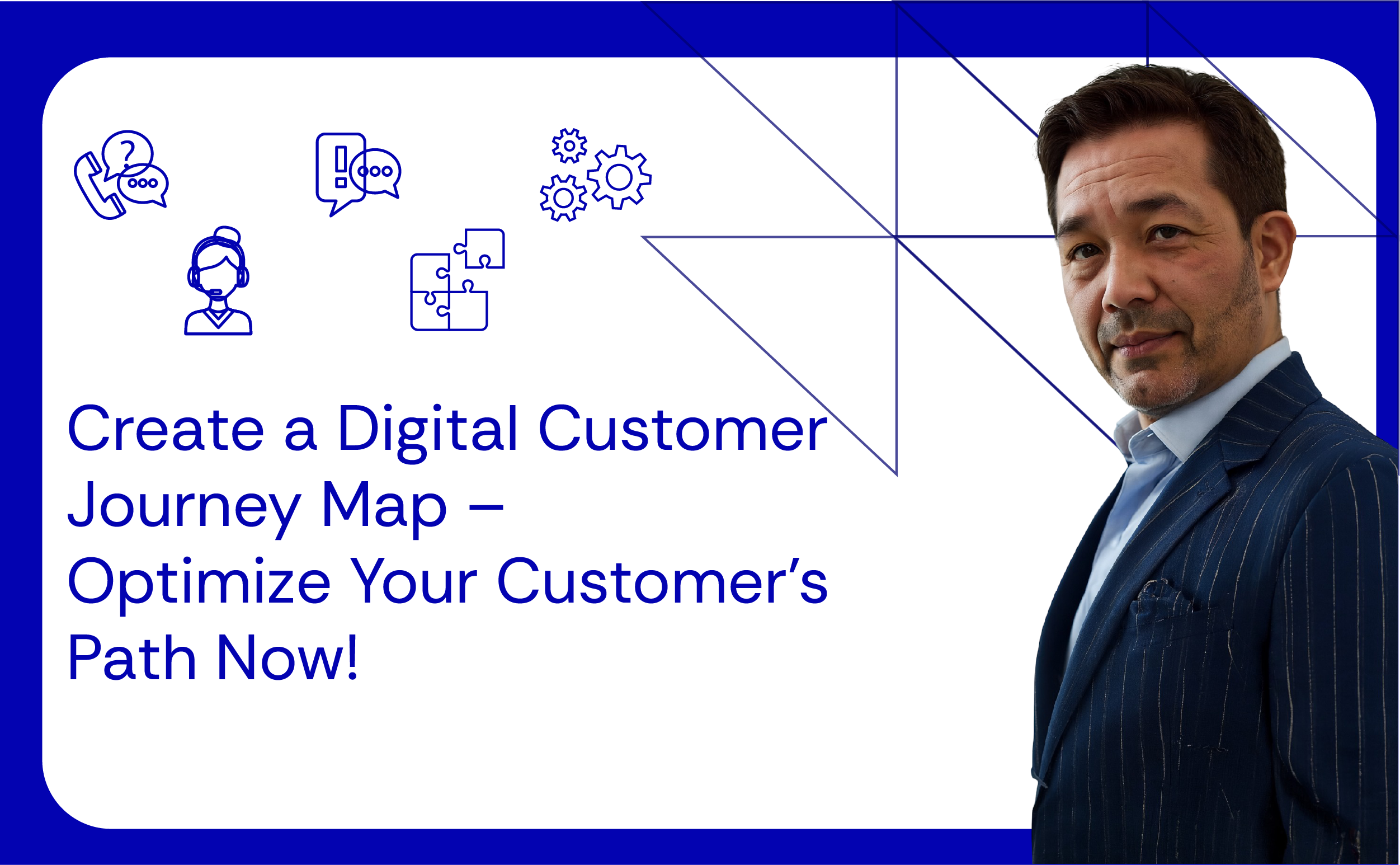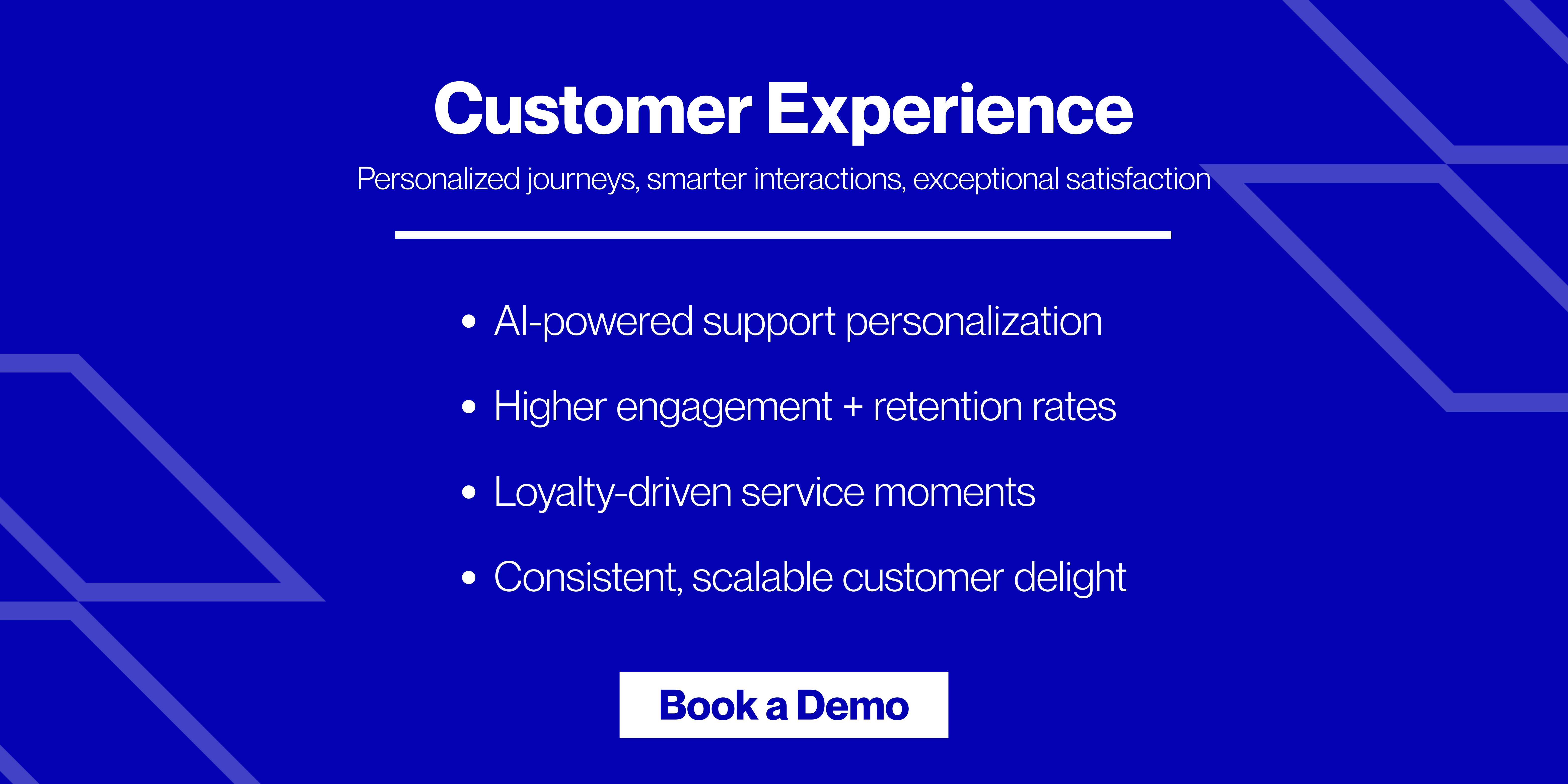Key Takeaways
- A digital customer journey map reveals how customers interact with your brand across online touchpoints—helping you improve every step of the experience.
- Mapping digital journeys uncovers friction points, boosts conversions, and aligns internal teams with real customer behavior.
- The best digital customer journey maps in 2025 are built on data, designed for CX visibility and customized for each customer persona.
- Using tools like Google Analytics, Hotjar, and Miro can make the journey mapping process simple, insightful, and collaborative.
- For CX and Customer Support leaders in D2C and consumer brands across the US, UK & Australia, journey mapping is now essential for driving loyalty and retention.
What Is a Digital Customer Journey Map?
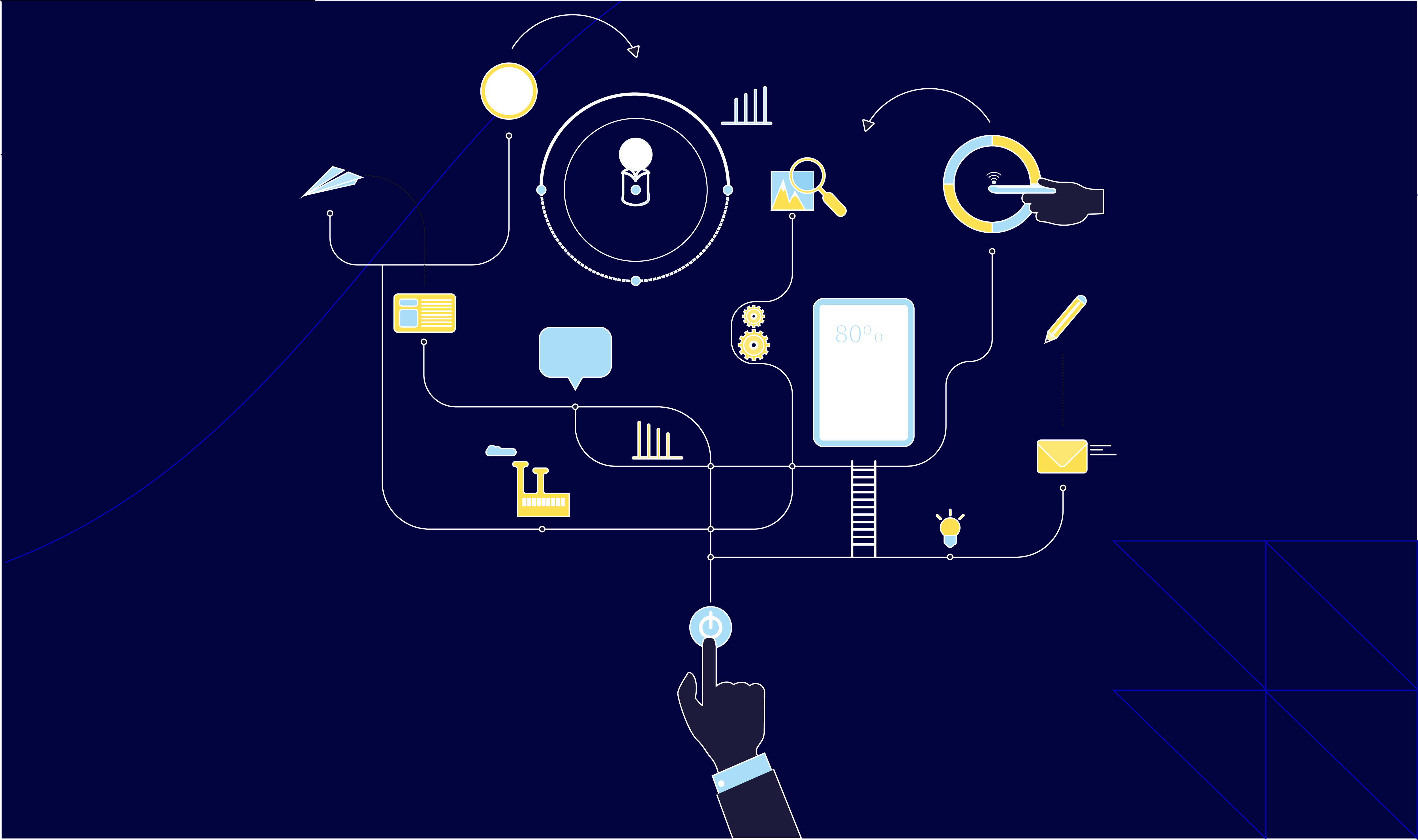
A digital customer journey map is basically a behind-the-scenes look at how your customers are experiencing your brand online. Think of it like Google Maps for your customer experience. It lays out the entire route someone takes across your digital touchpoints like your website, email campaigns, social media, product pages, live chat, and more.
In 2025, this visibility is business-critical. For consumer brands, especially D2C companies operating in the US, UK & Australia, knowing how customers interact with digital platforms is no longer optional but has become a strategy.
So, what does this journey map actually help you do in 2025? It lets you zoom in and answer questions like:
- How did the customer even find us? Was it an Instagram ad? A Google search? A friend’s referral link?
- Which pages did they visit, and how long did they stick around? Did they read your product details or bounce after the homepage?
- Where did they get stuck or drop off? Was your pricing page confusing? Did checkout take too many clicks?
- What helped them convert into a paying customer, or what made them change their mind?
For CX Directors, VPs and Support Managers, this insight powers smarter personalization, streamlined onboarding and reduced friction across digital touchpoints.
Your customer’s digital experience is never just one interaction. It’s a series of micro-interactions that either build or break trust. And in 2025, when you can see those moments clearly, you’re no longer guessing what’s working—you know. So, no matter how a customer is engaging with your brand, your digital customer journey map helps you understand it all. And once you have that insight? You can optimize every step of the way, which is gold in a world where studies show that 80% of business leaders expect to compete on customer experience. Let’s dive right in to understand the world of digital customer journey maps.
Why You Need a Digital Customer Journey Map
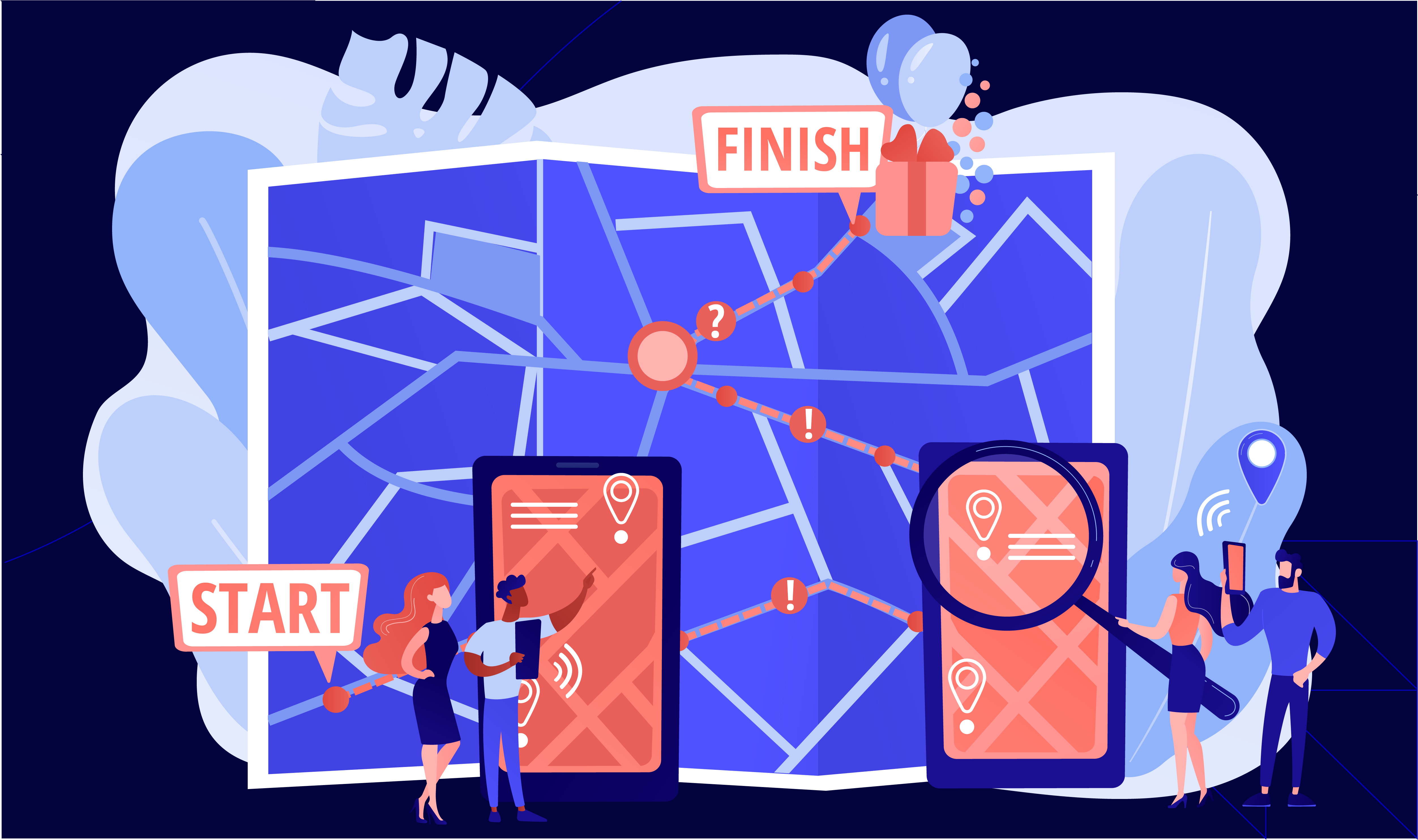
Today’s customers expect everything to be fast, easy, and friction-free. Research by PwC shows that 65% of US consumers say a great experience influences their buying decision more than advertising. That’s where a digital customer journey map steps in, especially in 2025 when competition is tougher than ever. It helps you ditch the guesswork and see the big picture, all while zooming in on the details that matter most.
- It helps you understand real customer behavior: Research by McKinsey shows that 71% of customers expect personalized experiences in 2025. A digital journey map shows you what’s actually happening, based on actual clicks, scrolls, and behaviors. You’ll see how they find you, where they go, what they interact with, and what makes them bounce.
- It highlights friction points: A journey map helps you pinpoint exactly where customers are running into problems. Maybe the CTA is buried. Maybe the form is confusing. Maybe the next step just isn’t clear. Once you see it—you can fix it.
- It creates an enhanced digital customer journey: When you have full visibility into your customer’s experience, you can start making it more personalized, more efficient, and way more enjoyable. You’ll be able to smooth out awkward transitions, deliver helpful content at the right moment, and guide people toward conversion without them even realizing it. With targeted touchpoints, you can reduce support tickets, increase repeat purchases and boost NPS.
- It aligns your teams around one source of truth: A digital customer journey map becomes your team’s shared playbook. Everyone’s working from a single source, and that makes everything run smoother. For mid-sized D2C brands (5+ employees, $5M+ revenue) goals align, messaging stays consistent, hand-offs feel seamless and customer experience improves your support and experience departments (especially with mid-sized companies like 5+ employees and $5M+ revenue) need one shared view of the customer journey. Mapping makes it possible.
(See how Atidiv helped a high-volume brand achieve 95%+ accuracy and $20M+ in savings — Enabling $20M+ Savings and 95%+ Quality for a Leading Business Aggregator).
Key Stages of a Digital Journey
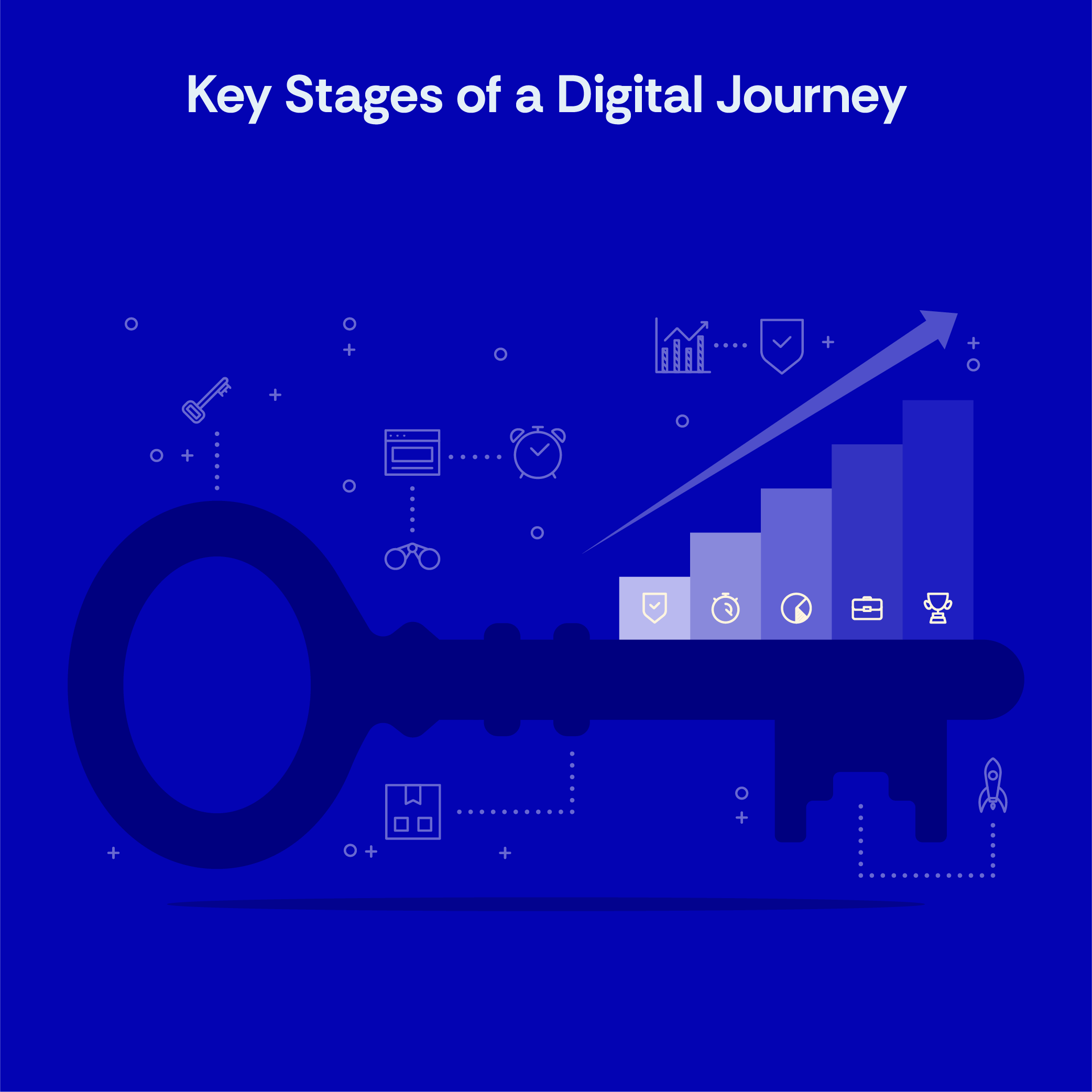
Before you start sketching out your digital customer journey map, it helps to understand the natural flow most online customers follow. Now, every business is a little different—but most digital journeys tend to move through five main stages.
- Awareness: This is the moment your customer first discovers your brand. Whatever the channel, this stage is all about first impressions count, especially in 2025. First impressions are everything. You’ve got just a few seconds to catch their attention and make them curious enough to click. So your messaging needs to be clear, your visuals need to pop, and your offer needs to feel relevant—fast. Ask yourself:
- Are we showing up where our audience hangs out?
- Are we making it obvious what we do and why they should care?
- Consideration: Here’s when the customer is checking out your site, skimming your blog, reading reviews, maybe signing up for a webinar or free trial. They’re also probably comparing you to your competitors. Your job? Make research easy and transparent. Show up with the right information at the right time. That could be in the form of a well-timed follow-up email, a great comparison chart, a product explainer video or a beautifully written case study.(Example: How Atidiv Delivered 80% Time Savings and 99% Accuracy for an NYC Start-Up).
- Decision: This is the moment of truth. Time to buy, or bounce. The customer is probably adding items to their cart, filling out a quote request, or choosing between subscription tiers. Whatever the format, your job here is to make the decision easy. So double-check the clear pricing, intuitive CTAs and fast checkout.
- Retention: This is where you focus on onboarding, support, and long-term engagement. Think welcome emails and product tutorials, proactive check-ins, loyalty programs or exclusive content and easy access to support when they need it. Customers who feel supported are far more likely to stick around, studies show that loyal customers spend 67% more over time.
- Advocacy: Your customer had a great experience, and now they’re telling the world. They’re leaving glowing reviews, referring friends, tagging you on social media, and basically becoming your brand ambassador. If you want loyal customers to become raving fans, you need to:
- Delight them at every stage
- Make it easy for them to leave feedback or share their experience
- Show appreciation
How to Create a Digital Customer Journey Map (Step-by-Step)
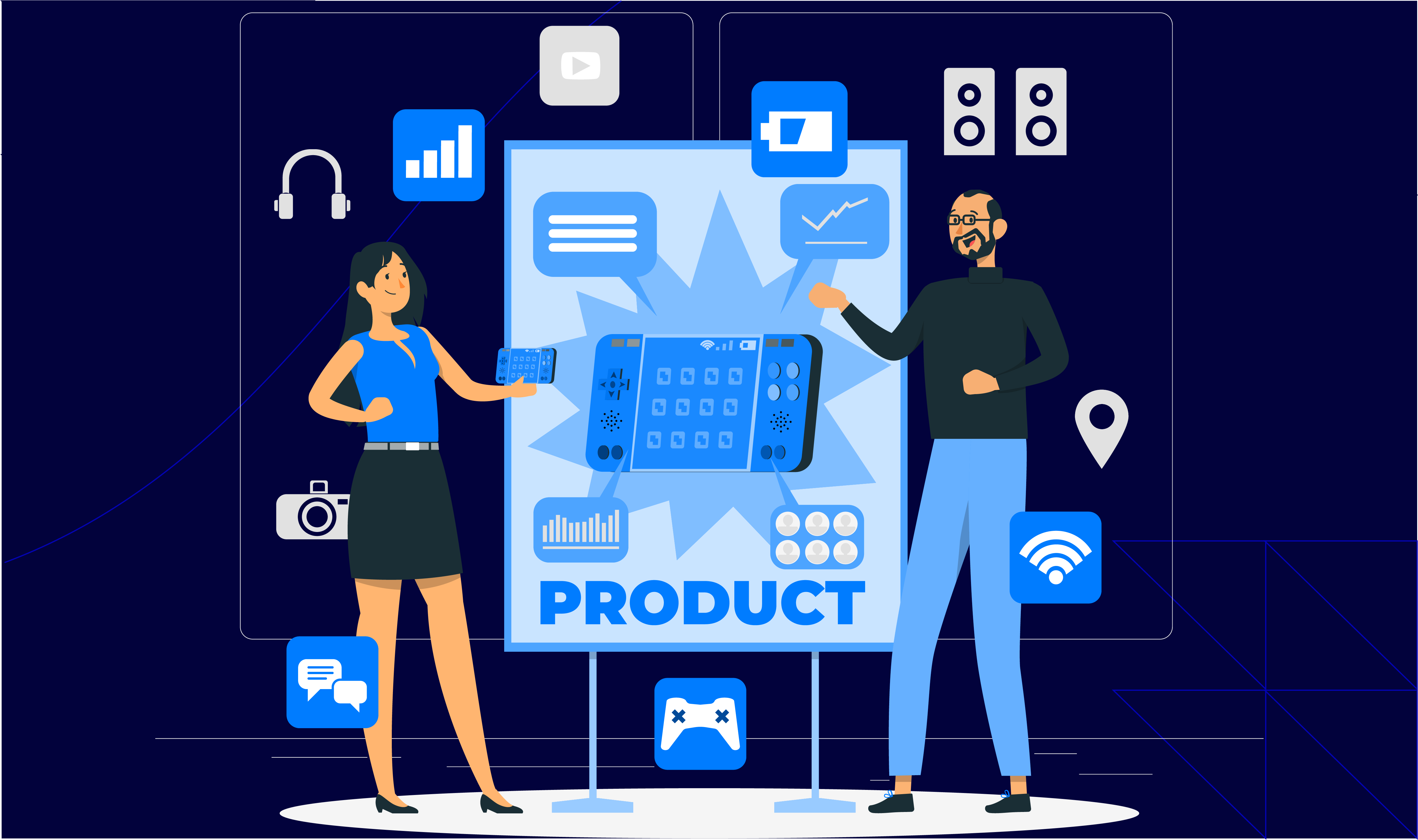
Now comes the fun part—actually building your journey map. Here’s how to get started, step-by-step:
Step 1: Define your customer personas
You can’t (and shouldn’t) build one generic journey map for everyone. That’s like trying to design one-size-fits-all shoes. It might technically work…but it’s not going to be a great fit.
So define your key customer personas:
- First-time buyers
- Long-term loyalists
- Power users
- Decision-makers in B2B sales
- Trial users who didn’t convert
Each of these folks has a different path, different goals, and different pain points. The clearer your personas, the more targeted—and useful—your map will be.
Step 2: List your digital touchpoints
Start listing out every place your customer interacts with your brand online. Comprehensive visibility = smarter optimization.
Here’s a quick list to get your brain jogging:
- Your homepage and landing pages
- Blog posts and product pages
- Email sequences and newsletters
- Paid ads (Google, Facebook, Instagram, etc.)
- Social media posts, reels, and DMs
- Live chat or chat bot interactions
- Knowledge base or help center
- Checkout process
- Post-purchase emails
- Support ticket responses
Step 3: Walk through the journey
Literally walk through the journey like you’re seeing your brand for the first time.
Click that Facebook ad or open a welcome email. Where do you go? What do you click? How does the experience feel? Ask:
- Is this intuitive?
- Does anything feel clunky, confusing, or frustrating?
- What’s missing that you would want to know at this stage?
Better yet—ask a real customer to do it and record the session. Their reactions will tell you a lot more than your assumptions ever could as their feedback often reveals hidden friction.

Step 4: Gather real data
This is where digital customer journey mapping levels up, because now you’re backing up your map with hard facts. Use tools like:
- Google Analytics: See how people move through your site, where they enter, where they bounce, and how long they stick around.
- Hotjar or Crazy Egg: Use heatmaps, click tracking, and session recordings to watch real users in action.
- CRM data: Track behaviors across email opens, demo requests, or deal stages.
- Surveys or NPS results and support feedback: Ask customers directly what confused them, delighted them, or made them hesitate.
Step 5: Visualize your journey
Now take all that information and bring it to life. You don’t need to be a design wizard, just use tools like Miro, Lucidchart, or even sticky notes on a whiteboard! Make it visual. Add arrows to show the flow. Color-code stages. Add notes or emojis—whatever helps your team understand the path at a glance.
Step 6: Identify opportunities and fix the friction
Now that you’ve laid it all out, it’s time to ask the big question: where can we do better? Look for:
- Drop-off points where customers abandon the journey
- Pages with high bounce rates or low engagement
- Messaging that’s unclear or inconsistent
- Steps that could be shortened, simplified, or automated
- Opportunities to add delight—personalized touches, better follow-ups, or smoother transitions
Small optimizations here can have massive ROI across digital touchpoints.
Your Map Is Your Superpower
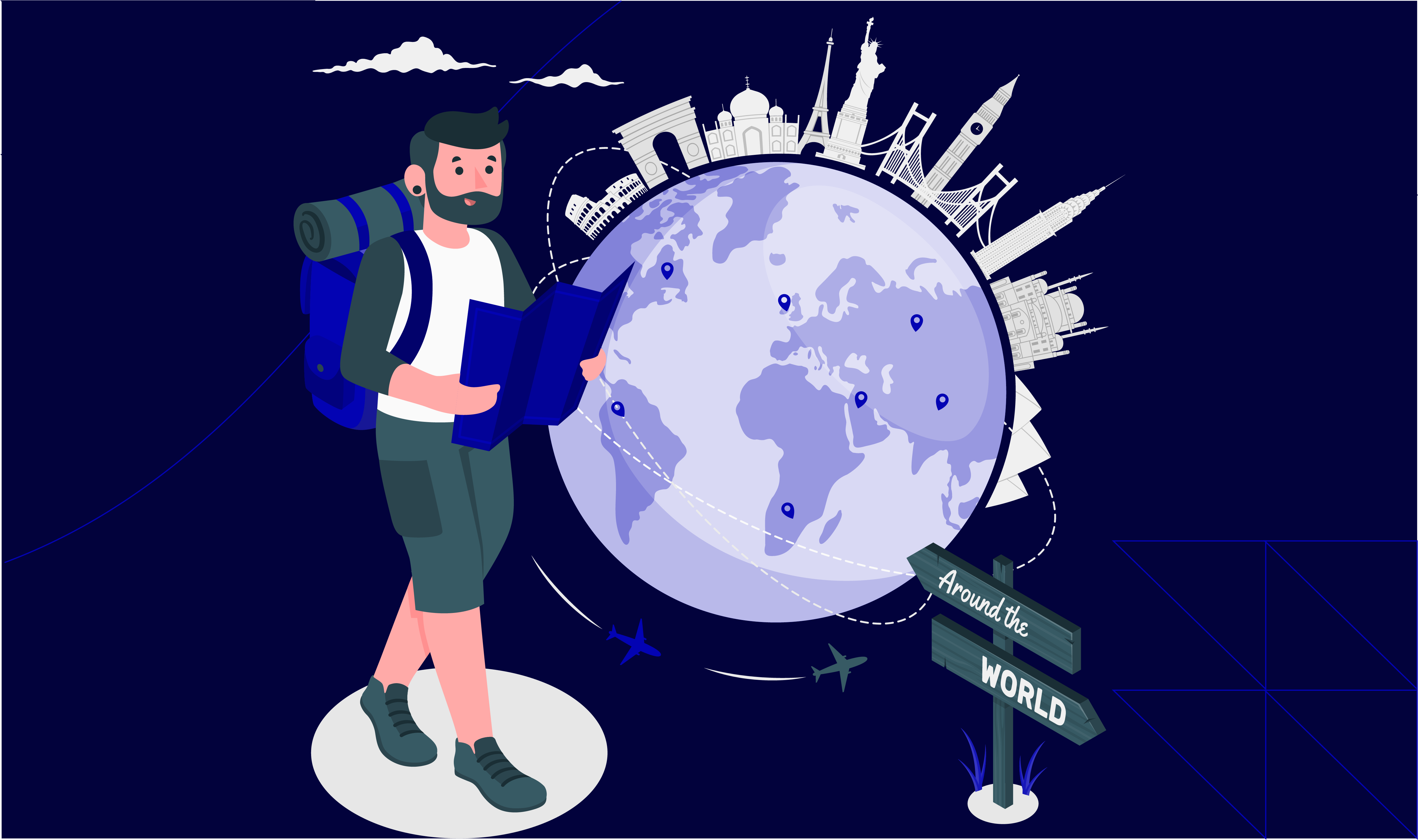
A well-built digital customer journey map isn’t just another checkbox on your marketing to-do list—it’s a total game changer. It gives you something most businesses wish they had: visibility. You can finally see what your customers are experiencing—not just in theory, but in real-time, across every digital channel. Once your digital journeys are mapped out, optimized, and designed with your customers in mind:
- Your support tickets decline, because customers are finding answers faster
- Your conversions rise, because the path to purchase is clearer and smoother
- Retention improves, because the experience is actually enjoyable
Need help mapping your customer journey? That’s where we come in. At Atidiv, our team of customer experience specialists help growing businesses like yours build smarter, smoother systems that don’t just look good on paper—but actually deliver better results.
Whether you’re:
- Starting from scratch with your first journey map
- Trying to connect your digital touchpoints
- Or looking for guidance to operationalize CX mapping
We’ve got you covered. Partner with Atidiv to scale smarter.
FAQs on Create a Digital Customer Journey Map
1. What exactly is a digital customer journey map?
It’s a visual breakdown of how your customers interact with your brand online—from their first click to post-purchase. It helps you understand what’s working and where they’re getting stuck.
2. How is a digital journey map different from a traditional one?
A traditional map includes offline stuff—store visits, calls, in-person events. A digital one focuses only on online touchpoints, like your website, emails, social channels, and digital ads.
3. Do I really need one if I already use analytics?
Yes! Analytics show what’s happening, but a journey map shows why it’s happening and how all those touchpoints connect. It’s the big picture you didn’t know you were missing.
4. What tools do I need to create a customer journey map?
You don’t need anything fancy to start! Miro, Lucidchart, or even Google Slides work for visuals. Combine that with data from Google Analytics, Hotjar, or your CRM, and you’re golden.
5. How often should I update my digital journey map?
At least quarterly—or anytime you make big changes to your site, product, or customer onboarding. The more your business evolves, the more your journey map should too.
